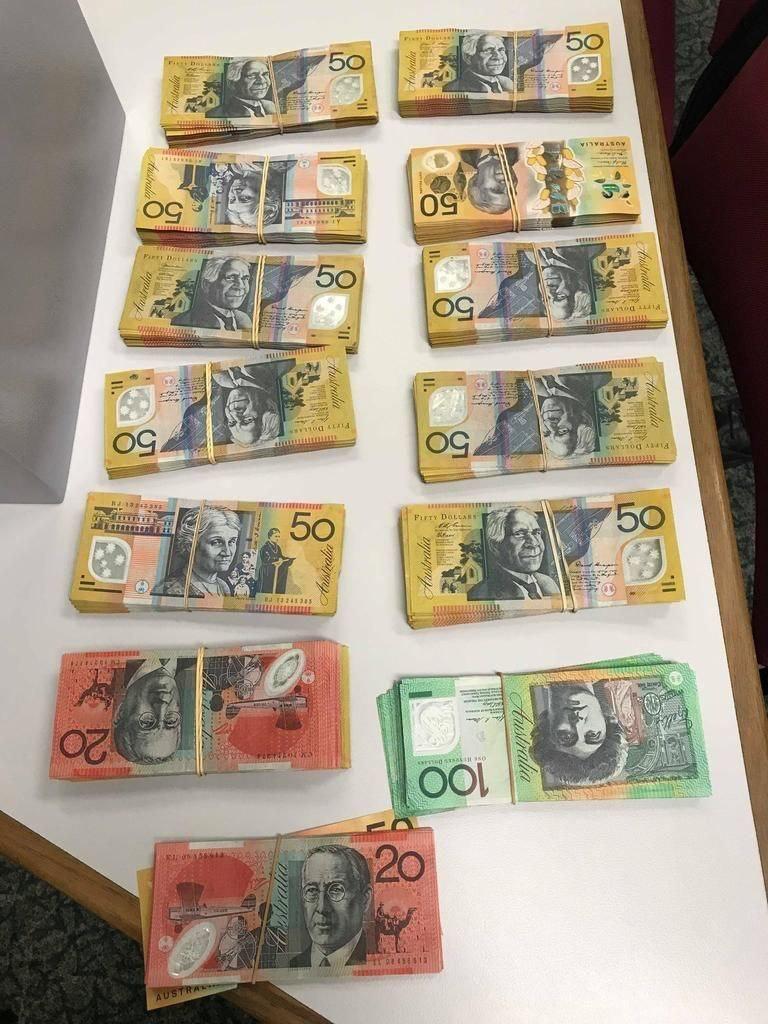Unraveling the Web of Counterfeit Money: A Global Menace
Counterfeit money, a shadowy underworld of forgery and deception, poses a significant threat to economies worldwide. The production and circulation of fake currency have evolved into a sophisticated criminal enterprise, causing economic losses, undermining financial systems, and challenging law enforcement agencies. In this article, we delve into the dark realm of counterfeit money, exploring its impact, the methods employed, and the measures taken to combat this global menace.
Understanding Counterfeit Money
Counterfeit money refers to fraudulent imitations of legitimate currency, created to resemble authentic banknotes and coins. These fake notes are crafted with precision, attempting to replicate intricate security features, watermarks, and holograms. The goal of counterfeiters is to infiltrate the financial system undetected and profit from the unsuspecting victims who unknowingly accept these fake bills.

Real and Fake Counterfeit Banknotes
$100,00 - $1800,00
Methods of Counterfeiting
The methods employed by counterfeiters have grown increasingly sophisticated over time. Initially, counterfeiters relied on basic printing techniques, resulting in easily detectable fake currency. However, advancements in technology have allowed for the replication of intricate security features, making it harder to distinguish between genuine and counterfeit money.
Common methods include:
- Digital Reproduction: Modern scanners and printers enable counterfeiters to produce highly accurate replicas of banknotes.
- Chemical Treatments: Criminals may bleach lower denomination banknotes and print higher denominations onto the bleached paper.
- Offset Printing: High-quality offset printing techniques are used to reproduce banknotes with great precision.
- Intaglio Printing: This method involves etching a metal plate and then transferring the ink onto the counterfeit banknote, giving it a raised texture characteristic of genuine currency.
Combating Counterfeit Money
Governments and central banks worldwide deploy various strategies to combat counterfeit money effectively. Some of these measures include:
- Advanced Security Features: Governments continually update and enhance security features on banknotes, including holograms, color-changing ink, and watermarks, making counterfeiting more challenging.
- Public Awareness Campaigns: Educating the public, retailers, and financial institutions about counterfeit detection can significantly reduce the circulation of fake currency.
- Cooperation and Information Sharing: International collaboration between law enforcement agencies helps track down counterfeiting networks that operate across borders.
- Use of Technology: Governments employ sophisticated technologies, such as special scanners and currency authentication machines, to detect counterfeit notes.
- Stringent Penalties: Enforcing severe legal penalties for counterfeiting acts acts as a deterrent to potential criminals.
Conclusion
Counterfeit money continues to be a persistent threat to economies worldwide. The sophisticated methods employed by counterfeiters and their ability to infiltrate the financial system demand a constant vigilance and cooperation between governments, financial institutions, and law enforcement agencies. By staying ahead of the counterfeiters through innovation, awareness, and global cooperation, we can strive to minimize the impact of this global menace on our economies and financial systems.